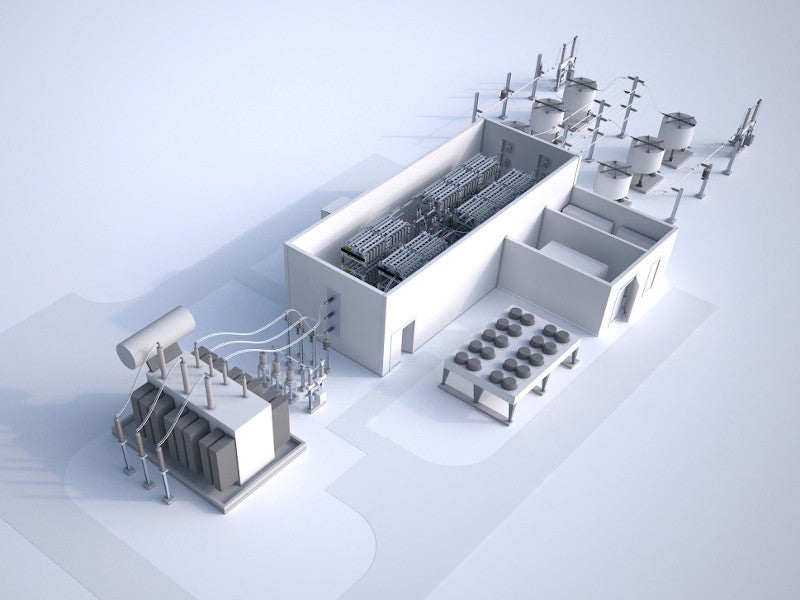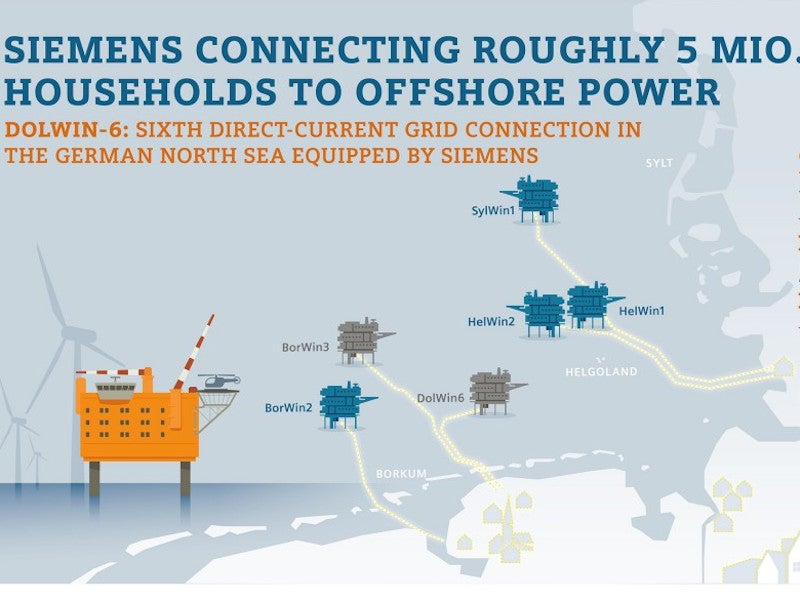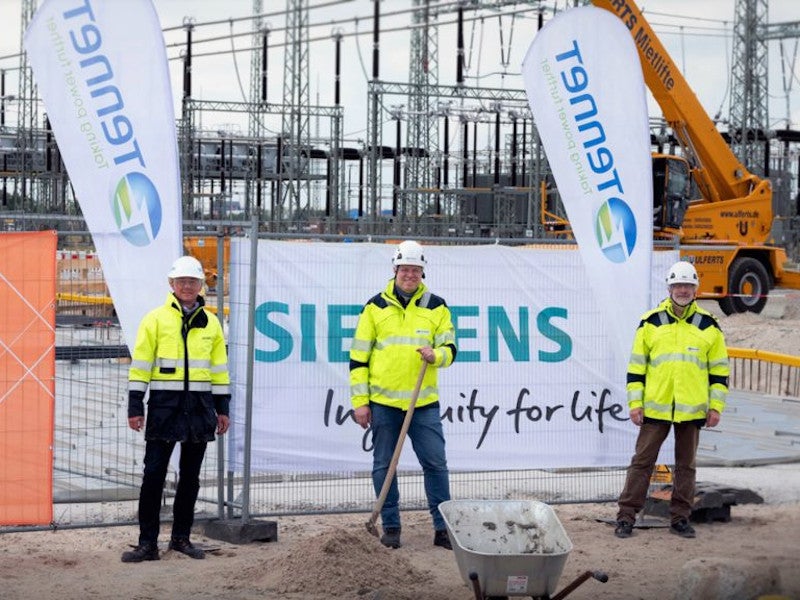The Dolwin6 is a 320kV high-voltage direct current (HVDC) power transmission system to transmit onshore the electricity generated by the offshore wind farms in the German North Sea Cluster 3 to the Emden/Ost.
Scheduled for commissioning in 2023, it will be the fourth offshore grid connection project after Dolwin1, 2, and 3 to be commissioned by the Dutch-German electricity transmission system operator TenneT in the Dolwin cluster of Germany.
The Dolwin6 HVDC power transmission system will involve the construction of a 90km-long power transmission line from the DolWin kappa AC/DC converter station near the island of Norderney in the German North Sea to the Emden/Ost DC/AC onshore converter and transformer station in East Frisia.
The construction works on the project were started in July 2017 and the Dolwin6 HVDC transmission will be capable of transmitting up to 900MW of offshore wind power after commissioning.
Dolwin6 project background
Dolwin6 is one of the 16 grid connections being implemented by TenneT with an aim to provide 10GW of energy from the offshore wind farms in the North Sea by 2027, which will be enough to serve more than 12 million households in Germany alone.
More than 7GW of electricity transmission capacity was already developed through 12 operational offshored grid connections as of 2020.
Transmission route
The Dolwin6 transmission line will comprise 45km of the subsea route and 45km of the onshore underground route to transmit electricity from the DolWin kappa offshore converter station to the onshore converter station at Emden/Ost.
The DolWin kappa converter station, which will be located in the Wadden Sea near the island of Norderney, will convert 155kV three-phase alternating current (AC) generated by the offshore wind farms into 320kV direct current (DC).
The electricity will then be transmitted to Hilgenriedersiel on the mainland through a 45km-long subsea cable across the island of Norderney. The subsea cable will be installed using horizontal boreholes.
The electricity from the Hilgenriedersiel landing site will be transmitted to Emden/Ost onshore converter station in the Lower Saxony region of East Frisia, where the DC will be converted into three-phase AC current and fed into the onshore grid.
The onshore cables are being produced in Belgium, while the submarine cables are being manufactured in Norway.
The cable laying process was to be started in 2020 and completed by 2021.
The technology used for the DolWin6 power transmission system
The transmission line project will utilise two 90km-long parallel DC power cables developed by Nexans to connect both the converter stations. The cables will be insulated with cross-linked polyethylene (XLPE) and will have a voltage grade of 320kV.
The project will also employ Nexans’ fibre-optic cables for data transfer and Siemens’ 320kV DC CS gas-insulated compact switchgear.
The HVDC Plus converter technology, also developed by Siemens, will be utilised for AC voltage control. The technology facilitates the black start of island grids, reduces complexity and the space required by the machines, and eliminates the need to use harmonic filters.
Contractors involved
French cable firm Nexans was awarded a contract worth £89m ($116m) for the supply of two 90km-long XLPE-insulated cables for the Dolwin6 HVDC transmission project in July 2017. The scope of the contract includes the design, manufacturing, logistics as well as installation of the cable system.
Siemens was awarded a contract by TenneT to design and deliver the HVDC equipment for both the onshore and offshore substations in July 2017.
Siemens’ Spanish partner Dragados Offshore is responsible for the design, supply, construction, transportation, and installation of the DolWin kappa offshore converter station as well as the DolWin6 jacket.
Dragados Offshore subcontracted Tecade for the construction of topside legs and grids of the DolWin kappa converter station.
The contract for DolWin kappa converter station engineering works was awarded to Innomaritime.
Allseas Marine Contractors, through H2Offshore Engineering, was contracted to provide the transport and installation engineering support for the DolWin6 jacket and piles.
Heinen & Hopman and Teknotherm were engaged to design and deliver the complete HVAC system for the offshore converter station.
TSCNET, a German-based regional security coordinator (RSC) for Europe’s high-voltage power transmission grid, is responsible for the construction of the onshore converter station and a substation that will reconvert the DC into the three-phased current for feeding into the onshore extra-high voltage grid.
Brownline was engaged to survey two sets of parallel drills with a distance of approximately 3,608ft from the mainland and two drills of the Norderney Island for the Dolwin6 offshore grid connection project.





